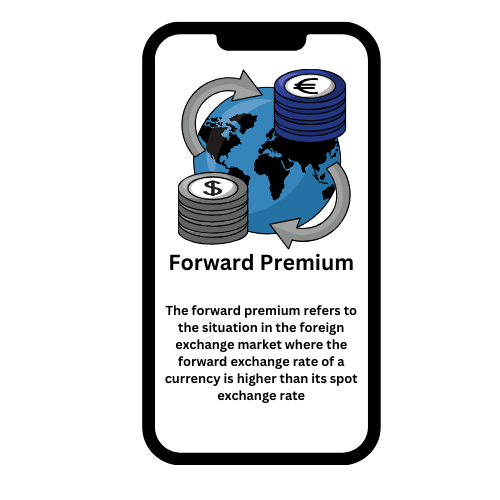The backend ratio, commonly referred to as the debt-to-income (DTI) ratio, is a crucial financial metric in India, used by lenders to evaluate a borrower’s capacity to manage debt relative to their income.
It represents the percentage of a borrower’s gross monthly income spent on servicing existing debts, including EMIs for loans, credit card dues, and other obligations. In India, a backend ratio below 40% is often preferred by lenders when assessing loan eligibility, especially for home loans. A higher ratio indicates increased financial strain, making it harder to secure loans or favorable interest rates from banks.
Components of Backend Ratio
The backend ratio includes all monthly debt obligations, such as:
- EMIs (Equated Monthly Installments):
- Home loan EMIs
- Car loan EMIs
- Personal loan EMIs
- Credit Card Payments:
- Any outstanding dues or revolving credit obligations.
- Other Loan Payments:
- Student loans, business loans, or other forms of credit.
Formula for Backend Ratio
Backend Ratio= (Total Monthly Debt Payments/Gross Monthly Income)×100
Example:
Suppose a person in India earns ₹1,00,000 in gross monthly income and has the following debt obligations:
- Home loan EMI: ₹30,000
- Car loan EMI: ₹10,000
- Credit card payment: ₹5,000
Total monthly debt payments = ₹30,000 + ₹10,000 + ₹5,000 = ₹45,000
The backend ratio would be:
Backend Ratio= (45,000/1,00,000) ×100=45%
Significance of the Backend Ratio
- Loan Eligibility:
- In India, a backend ratio below 40% is generally preferred by most lenders, especially for home loans. A lower ratio suggests that a borrower has a higher capacity to manage additional debt.
- A higher ratio, typically above 50%, signals potential financial strain and increases the risk for the lender, often leading to loan rejection or higher interest rates.
- Creditworthiness:
- Lenders view the backend ratio as an indicator of financial stability. A higher ratio may indicate that the borrower is over-leveraged, making it harder to meet new debt payments.
- Influence on Interest Rates:
- Borrowers with a low backend ratio may qualify for lower interest rates on loans since they represent a lower credit risk. In contrast, a high ratio may lead to higher interest rates or more stringent loan terms.
- Impact of Income and Debt:
- A high income with manageable debts results in a favorable backend ratio, increasing a borrower’s chances of securing a loan.
- Conversely, high debt relative to income reduces loan eligibility and may affect overall financial health.
Backend Ratio vs. Frontend Ratio
- Backend Ratio: Measures all monthly debt payments, including home loans, car loans, and other financial obligations.
- Frontend Ratio: Only considers housing-related expenses, such as mortgage payments, property taxes, and homeowner’s insurance. It excludes other forms of debt like car loans and credit card payments.
Lenders in India often consider both ratios when evaluating loan applications. A balanced backend ratio ensures that the borrower can manage both their housing and non-housing debts without significant financial burden.
Backend Ratio in India’s Lending Market
- As housing demand increases in India, the backend ratio plays an essential role in determining loan eligibility for both salaried individuals and the self-employed.
- With the growing credit culture in India, including the widespread use of credit cards and personal loans, maintaining a healthy backend ratio is critical for financial stability.
- Reserve Bank of India (RBI) guidelines indirectly influence the acceptable backend ratios that banks use to assess borrowers, helping maintain a balance between consumer credit growth and financial stability.
Conclusion
In conclusion, the backend ratio serves as a vital tool in India’s credit and loan markets. It gives lenders insight into a borrower’s debt management capacity, guiding decisions on loan approvals, interest rates, and repayment terms. Maintaining a healthy backend ratio is crucial for borrowers to access credit on favourable terms and ensure long-term financial security.






